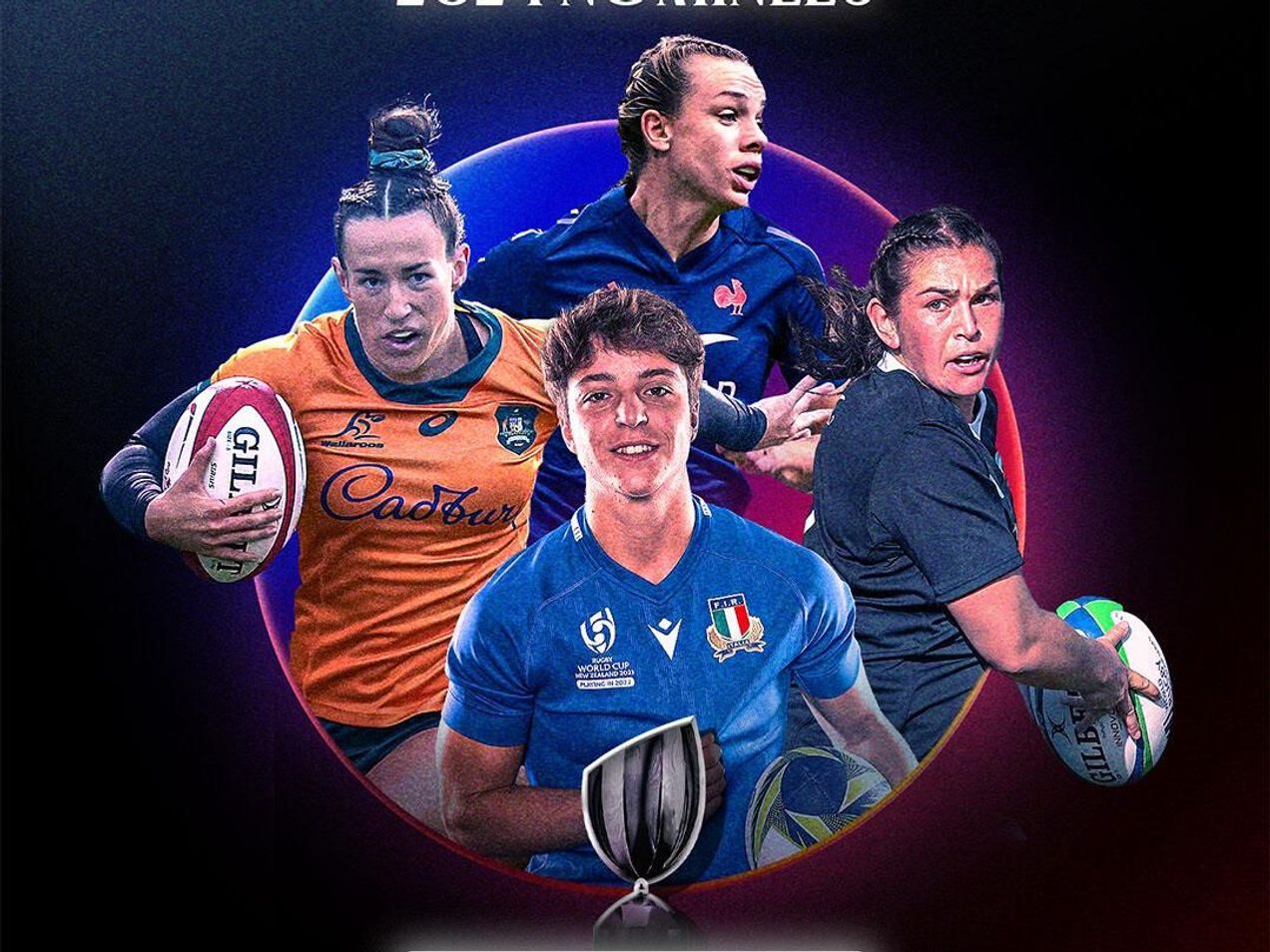World Rugby’s new Graduated Return to Play (GRTP) protocols have been described as “second to none” as the governing body drives forward to reduce occurrences and consequences of concussion.
On Tuesday, World Rugby unveiled an evolved individualised approach to return to play from brain injury in the elite game.
The evolved GRTP protocols, which will come into effect from 1 July, underscore the governing body’s commitment to ensure rugby is the most progressive sport in the world on player welfare.
Under the incoming GRTP protocols, any player with a history of concussion or who has been removed from a match with obvious concussion symptoms will sit out of competitive action for a minimum of 12 days.
Players without a history of concussion who subsequently undergo a Head Injury Assessment 3 (HIA 3) that unearths no abnormal findings will be eligible to return on the seventh day after the occurrence of their injury.
However, any player’s return to the pitch will need to be approved by an independent concussion consultant.
The GRTP protocols for the elite game have been updated after the Concussion Working Group reviewed the latest scientific evidence and rugby-specific research.
The Concussion Working Group, which is an independent body consisting of experienced clinicians, scientists and researchers, made a series of recommendations to World Rugby.
“As a result of World Rugby’s board accepting its recommendations, I believe World Rugby has a Head Injury Assessment protocol that is gold standard, second to none and superior to most,” Concussion Working Group member, Dr Bob Cantu said.
“Furthermore, in recommending changes to World Rugby’s return to play after a concussion, the working group considered and discussed a range of different approaches, including a mandatory stand-down period.
“Final recommendations, including independent consultants when appropriate are supported by science and expert medical consensus making the return to play protocol also gold standard in my opinion.
“Finally, the Concussion Working Group will continue to monitor scientific and expert consensus as well as World Rugby’s own head injury data, and if and when the science suggests changes to protocols, recommendations will be made to World Rugby as this, like science, is a dynamic ongoing process.”
On Monday, World Rugby Chief Executive Alan Gilpin praised the work being done by the independent Concussion Working Group as he presented the new GRTP protocols alongside World Rugby Chief Medical Officer Dr Éanna Falvey and Research Consultant Professor Ross Tucker.
“We're making progress,” Gilpin said. “As we've highlighted today, there are lots of areas where we've advanced.
“It was really important for our executive board a bit more than a year ago to put additional funding and resource behind that six-point action plan. But we say this a lot, you can never do too much in this area.
“We can't stand still, we've got to keep evolving with the science, and the science is evolving fast. Ross and Éanna and others [on the Concussion Working Group] do an incredible job for us of continuing to move this forward.
“That's why that commitment to individualise rehabilitation when we're talking about return to play is so important.”
He added: “There's a big distinction here between the elite professional game and the community game.
“The reason that distinction needs to exist is that in the community game there is a stand-down [period] because players don't have access daily to the really dedicated medical care that players in the elite environments do.
“Those players in the elite environments have that medical care and access to doctors who know their history and their concussion and wider medical history well. So, we can apply an individualised approach there that we can't apply in the community game.
“And we absolutely want to, because history tells us that when the stand-down was more of a blanket stand-down in the professional game that drove under-reporting and we definitely don't want players under-reporting occurrences and symptoms of concussion.”
Following the data
World Rugby is committed to making evidence-based and data driven decisions when it comes to player welfare.
The governing body holds regular meetings with representatives of other collision sports and leagues, such as the Australian Football League, National Football League and the National Hockey League.
That is on top of the concussion research specific to the women’s game that World Rugby has committed to undertaking having set up a dedicated Women’s Player Welfare Steering Group last year.
“We’re a contact, collision-based sport, there will be head impacts. What we’re trying to do is reduce them,” Gilpin added.
“We want people to be comfortable that we’ve got a game that’s safe to play at all levels of the game and that the sport is doing its best to protect and look after those players’ safety and welfare.
“We think we’re making advancements in that all the time, but there is always more to do.”
The independent Concussion Working Group was able to call on evidence contained within World Rugby’s concussion database, which has been built up over the last decade, when updating the GRTP protocols.
Chief Medical Officer Dr Falvey explained why the decision had been made to advance an individualised approach to return to play in the elite game.
He said: “We know from our own data that players who've had a recent concussion, players with a significant concussion history and those players who have what we call a significant concussion burden are more likely to take longer to return to play.
“What we're doing is ensuring that that process occurs effectively. This process and this return to play approach is one which I think has garnered a lot of attention over the last while.
“It is also worth noting that one in five of the concussion diagnoses we make occur after the game, either [immediately] after the game or before the 36-hour HIA 3 assessment, and our process needs to continue to foster that.”






